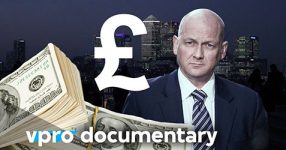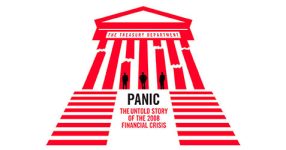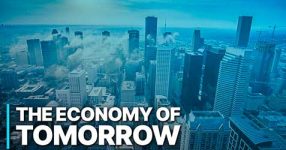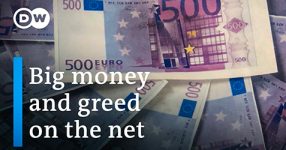After nearly eight decades, the echoes of a global financial crisis reverberated, bringing the world economy perilously close to collapse. The 2008 Wall Street crash etched its place in history as the most severe financial downturn since the infamous crash of 1929. This investigation delves into the intricate web of factors that led to the crisis, unraveling not only the complex financial instruments but also the behind-the-scenes drama that unfolded in the quest to rescue the American economy.
Part 1: The Genesis of Crisis – A Prelude to Disaster
In 1994, a cadre of young bankers introduced a novel financial derivative aimed at mitigating risk—the “credit default swap.” Over the next 14 years, the success in trading commercial credit risk prompted a shift towards consumer credit risk, particularly in mortgages. The housing bubble, however, burst in 2007 and 2008 due to widespread loan defaults, rendering the once robustly traded assets valueless.
Part 2: The Domino Effect – From Bear Sterns to the Largest Bailout
From March to November 2008, signs of distress began surfacing in major financial institutions. Bear Sterns faltered, followed by the collapse of Lehman Brothers. AIG, a global insurance giant, disclosed its imminent failure, threatening even more extensive repercussions on world markets. To avert a global economic catastrophe, the White House executed the largest bailout in U.S. history—The Troubled Asset Relief Program (TARP), costing a staggering $700 billion. This unprecedented move marked a pivotal moment, polarizing opinions and reshaping the American political landscape.
Part 3: Obama’s Dilemma – Navigating the Aftermath
As the aftermath unfolded, the Obama administration faced a divided path—penalize the banks or boost market confidence. Choosing the latter, Obama missed an opportunity for profound reforms. The lack of accountability for banking CEOs and the absence of stringent regulations fueled public outrage. The nation entered “The Great Recession,” characterized by economic slowdown, rampant unemployment, and business failures.
Part 4: Wall Street Today – A Risky Culture Persists
Despite regulatory reforms, the banks involved in the crisis have only grown larger. Wall Street, with its renewed regulations, continues to engage in risky ventures, raising concerns about a recurrence of such a crisis. In the Emmy Award-winning series “Money, Power and Wall Street,” FRONTLINE meticulously explores the struggles, decisions, and missed opportunities in the aftermath of the 2008 financial crisis.
Lessons Unlearned and Future Risks
As the documentary series concludes, it highlights a persisting Wall Street culture fixated on risky trades. The collaborative efforts of FRONTLINE’s veteran producers present a comprehensive narrative, emphasizing the urgency for continuous vigilance and reform in the financial sector. The echoes of the 2008 financial crisis serve as a stark reminder that without sustained efforts, history may repeat itself, jeopardizing the stability of the global economy.












